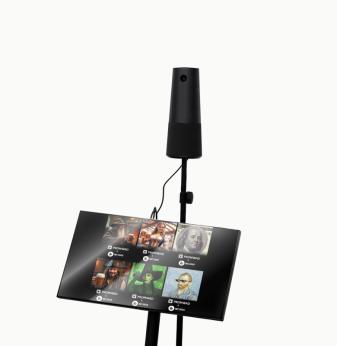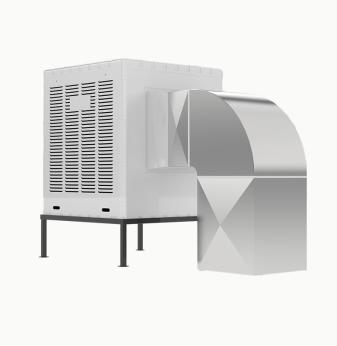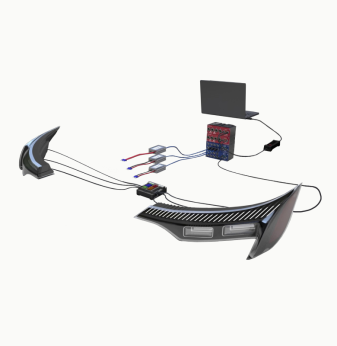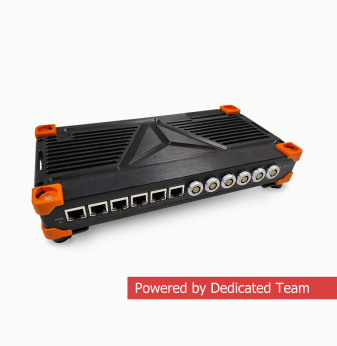The Complete Guide to Building Scalable Embedded Systems in 2025
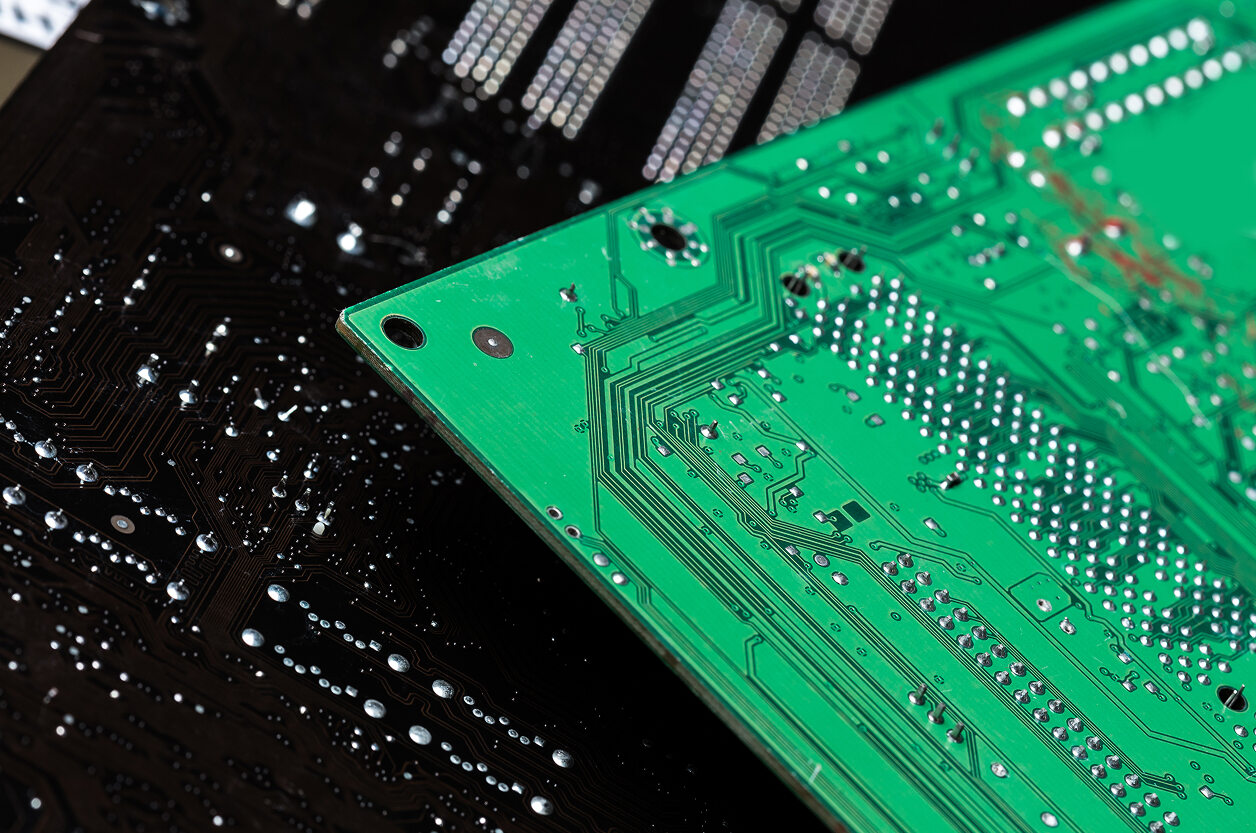
Introduction: Why Scalability Is a Must-Have in Embedded Design
In 2025, embedded products must do more than “just work.” They must evolve. Whether you’re building IoT sensors, industrial gateways, or automotive ECUs, scalability is what turns a working prototype into a reliable platform — adaptable, maintainable, and production-ready at any volume.
In this guide, we break down the critical elements of building scalable embedded systems, covering hardware design, software architecture, connectivity, testing, and manufacturing readiness.
1. Hardware Design: Plan Beyond the First Use Case
What scalable hardware looks like:
- Modular PCBs with defined expansion connectors
- Selectable SoMs or SoCs for multiple product tiers
- Configurable I/Os and power domains
Key recommendations:
- Avoid hard-coding peripheral choices in early schematics
- Use pin-compatible MCUs or SoMs across performance levels
- Design enclosures and mechanicals with variation in mind
Scalable hardware should allow for multiple SKUs (e.g. consumer vs. industrial) without complete redesign.
2. Firmware Architecture: Modular and Updatable
Monolithic firmware is hard to scale and even harder to maintain. Instead, structure embedded software into reusable and upgradeable components.
Techniques for scalable firmware:
- Use RTOS or embedded Linux for multitasking and modularity
- Adopt HAL (Hardware Abstraction Layers) to decouple logic from hardware
- Implement OTA update logic early, even in MVPs
- Include rollback and secure boot to avoid field issues
At Promwad, we develop scalable firmware that can serve families of products — reducing validation cycles and simplifying certification.
3. Connectivity and Protocol Stack Flexibility
The choice of communication protocol and network stack often dictates the long-term adaptability of a product.
Make it scalable by:
- Supporting pluggable or optional interfaces (Wi-Fi, BLE, LoRa, RS485)
- Using protocol abstraction layers in your firmware
- Planning for gateway/cloud integration from day one
Futureproof products should work in both air-gapped and cloud-connected environments — across geographies and industries.
4. Testing, Debugging, and Continuous Integration
Scaling embedded systems means shipping more units, in more configurations — and that means your test strategy must evolve.
Best practices:
- Design for test: add test points and debug headers
- Automate unit testing for drivers, comms, and middleware
- Simulate sensor input and connectivity with HIL (Hardware-in-the-Loop)
- Use CI pipelines that work with embedded targets (e.g. Jenkins + PlatformIO)
Scalability without automated validation is a maintenance nightmare.
5. Lifecycle Planning: Version Control and Product Evolution
Supporting scalable systems means anticipating change:
- Silicon EOL? Design for easy migration.
- Client wants customizations? Support modular reconfiguration.
- New markets? Support multiple regional certifications.
Recommendations:
- Use versioned firmware releases with changelogs
- Track PCB revisions and mechanical updates in a PLM
- Maintain clear upgrade paths in documentation and architecture
6. Production and Supply Chain Considerations
Scalable design must be matched with scalable manufacturing.
Tactics:
- Source components with multi-vendor options
- Choose EMS partners that can support volume ramp-up
- Implement factory-friendly test and flashing procedures
Promwad supports clients from prototyping to mass production, aligning design decisions with EMS workflows and lifecycle cost.
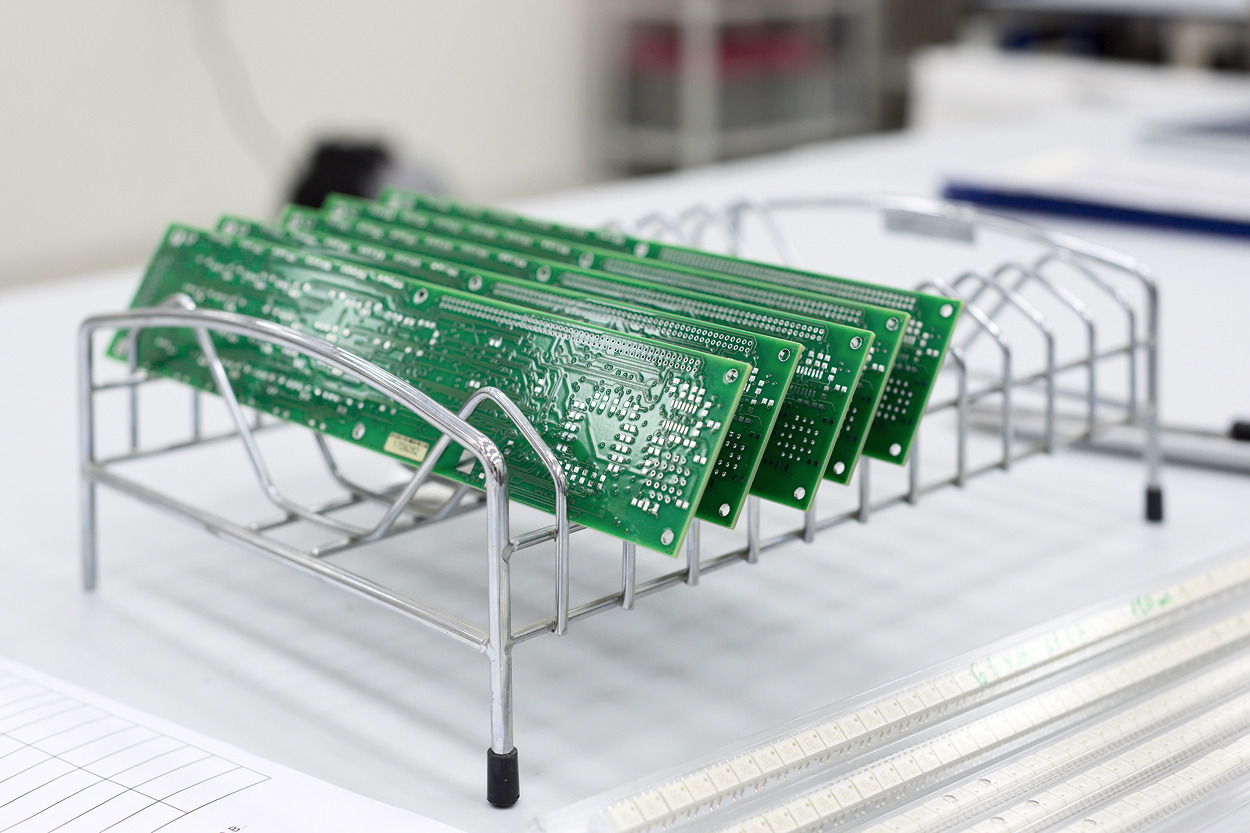
7. Architecture Patterns for Scalable Embedded Systems
To support flexibility and reuse, developers increasingly adopt proven architectural patterns that simplify scaling across product families and features.
| Pattern | Description | Use Cases |
| Layered Architecture | Separates hardware, middleware, and application logic | Industrial controllers, smart sensors |
| Plugin-Based Architecture | Dynamically loads communication or feature modules | Modular IoT gateways, connected retail devices |
| Service-Oriented Firmware | Treats device services (e.g., data logging, alerts) as APIs | Multi-tenant systems, edge AI applications |
| Component-Based UI + Logic | Decouples UI and system logic for reuse across variants | Wearables, smart appliances |
| Event-Driven Architecture | Uses event/message passing between tasks or components | Real-time control, robotics, embedded vision |
Final Thoughts: Scalability Starts at the Design Table
Scalable embedded systems aren’t just bigger — they’re smarter. They’re designed with change, reuse, and flexibility in mind. From modular schematics to OTA-ready firmware and automated testing, every decision matters.
Promwad helps OEMs and startups build embedded products that grow with their business — efficiently, securely, and at scale.
Let’s architect your next scalable platform — together.
Our Case Studies

